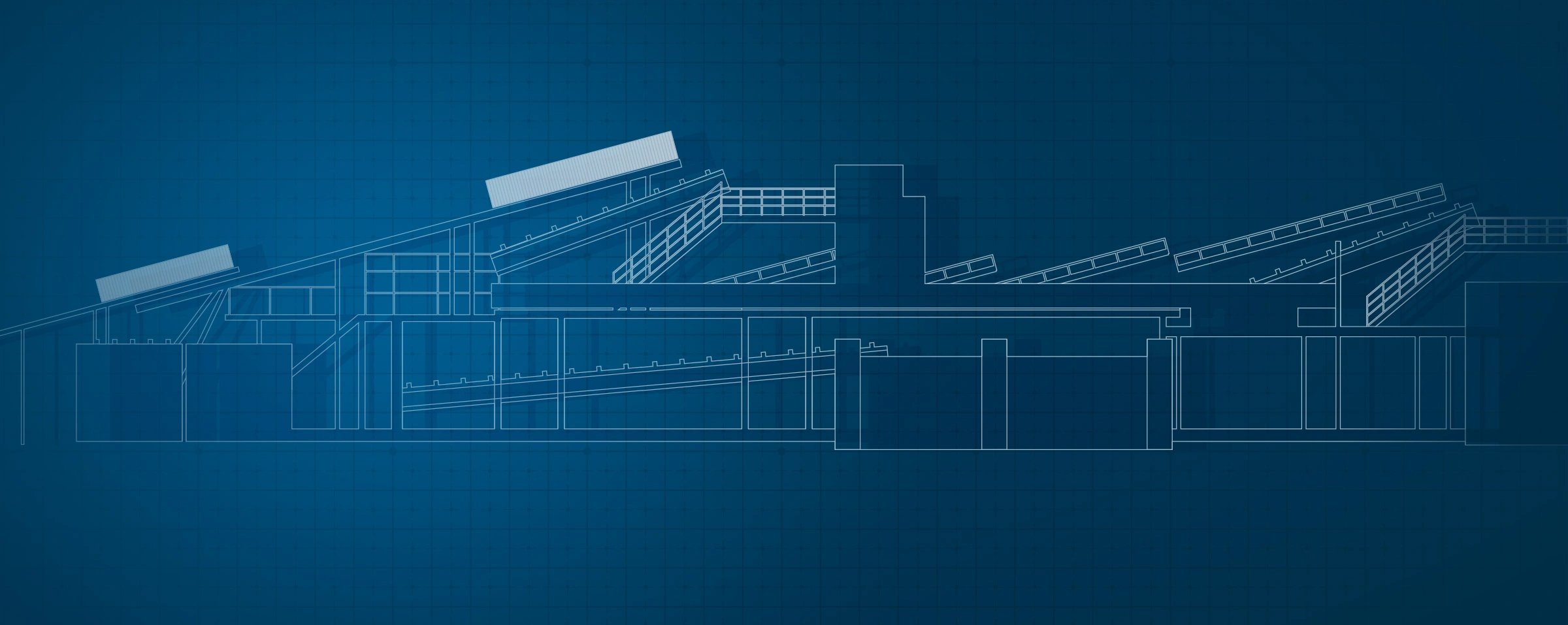Company locations
The whole picture – with just a single click. Find out here where our branches are located, what services they offer and how to contact them.
The REMONDIS Group’s locations
Discover the world of REMONDIS with its approx. 1.500 branches and associated companies in over 30 countries.
Leading processing technologies
The basic treatment of bottom ash from municipal solid waste incineration can be explained in a simple way. Ferrous and non-ferrous metals are separated from mineral elements by means of different sieving techniques, multi-stage sieving processes and the use of magnets and eddy-current separators. In addition, organic contaminants are removed by wind sifters. Manual sorting is also part of the process. This all sounds relatively straightforward, but of course these processes involve a much higher level of complexity. What makes REMEX special in comparison to other industry players are the innovative additional techniques such as MERIT that we develop and apply to optimise the recycling results. Our 3D animations give an impression of all our pioneering solutions.
METAL RECYCLING TECHNOLOGIES
MERIT Metal Recovery Intelligence
This module was developed in order to increase the metal recovery rate from incinerator bottom ash. Our technical innovation is based on a ballistic separation principle. A controlled air stream is used to intelligently remove the disruptive fine fraction of ash, without removing inherent valuable metals during the process. The complexity lies in the optimum adjustment of environmental parameters and process variables such as the airdrop trajectory and air velocity. Following this, the use of additional eddy-current separators ensures the best possible non-ferrous recovery rate from the remaining mineral fraction.
Metal Treatment Facility MTF
Non-ferrous metals stemming from incinerator bottom ash processing have to be cleansed from adhesive ash and sorted in order to be fit for further use. To achieve this, non-ferrous metal concentrates from various international plants are treated in a dry process in our non-ferrous upgrading facility in the Netherlands. In a specifically designed hall, the metal concentrate is passed over several air tables that separate the non-ferrous metals into light and heavy metals, applying a combination of sieving, air stream and movement. The result is a high purity metal fraction, which can be directly used at the smelting plant.
The dry processing MTF is used for fine non-ferrous metals at the HEROS Sluiskil B.V. site. With the acquisition of Dolphin Metal Separation B.V., HEROS has expanded its metal processing capacities. In Harderwijk, the coarse non-ferrous metals are cleansed of mineral impurities and separated into light and heavy metals using state-of-the-art sink-float techniques.
MINERAL RECYCLING TECHNOLOGIES
Multi Mesh Manufacturing TRIPLE M
After the base treatment in the central processing unit, the bottom ash of the grain size 2 to 12 mm is passed through the TRIPLE M-module, a special 3D sieve, designed for additional cleaning. Magnetic- and eddy-current separators remove any further ferrous and non-ferrous metals. The complex sieving process leaves the remaining aggregates with improved constructional characteristics. The resulting GRANOVA granulate is of interest to the asphalt and concrete industry.
Hydro Mechanical Treatment HMT
HMT stands for hydro-mechanical treatment. By means of a washing plant, the environmental quality of the incinerator bottom ash aggregate is verifiably enhanced. The pollution levels are reduced as both the sludge fractions and light organic components are removed. The remaining sandy and coarse fraction is proportionally mixed and provided with an additive. The result is GRANOVA aggregate with significantly improved environmental characteristics, so that the protection of soil and groundwater is ensured.
See it working: Filmed in Sluiskil, our video explains step-by-step the workings of the washing plant for incinerator bottom ash operated by the REMEX subsidiary HEROS Sluiskil B.V. in the Netherlands.
RESEARCH AND DEVELOPMENT
Volume Control Manufacturing VCM
This technology is still under development. The idea is to reprocess incinerator bottom ash aggregate into light pellets. The base for this is the fine bottom ash fraction from grain size 0 to 2 mm. Through a precisely matched addition of binding agents, additives and moisture, a mixture is generated in a drum, which then gains volume in the pelletisation unit. The final grain curve is 2 to 8 mm and is developed for use as aggregate in lightweight concrete.
To find out more about aggregates produced from incinerator bottom ash and their reuse potential in the construction industry, visit the GRANOVA website
